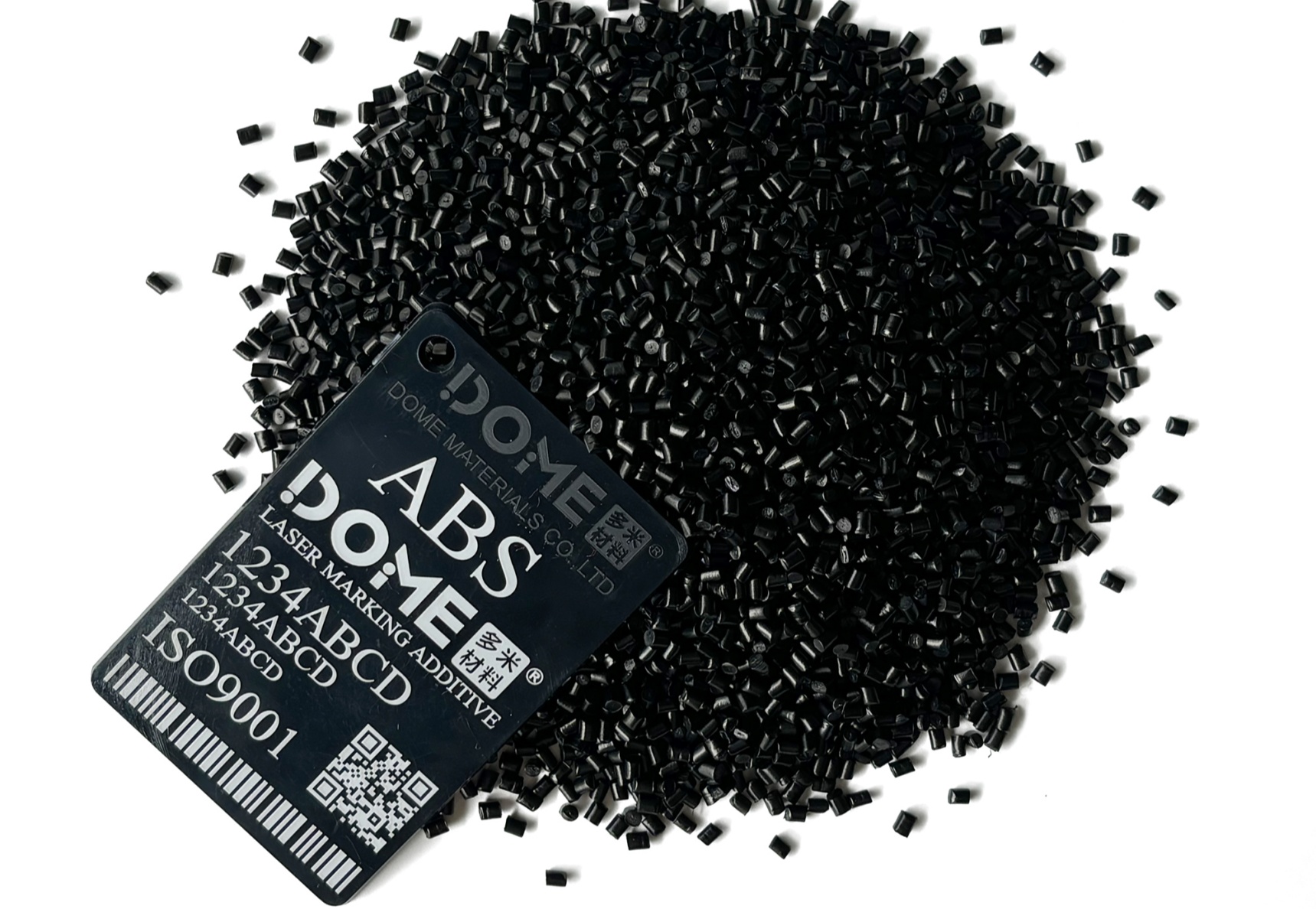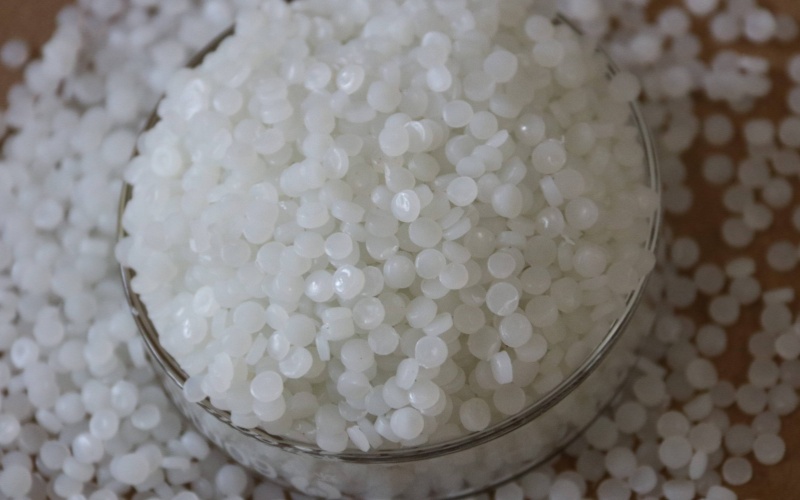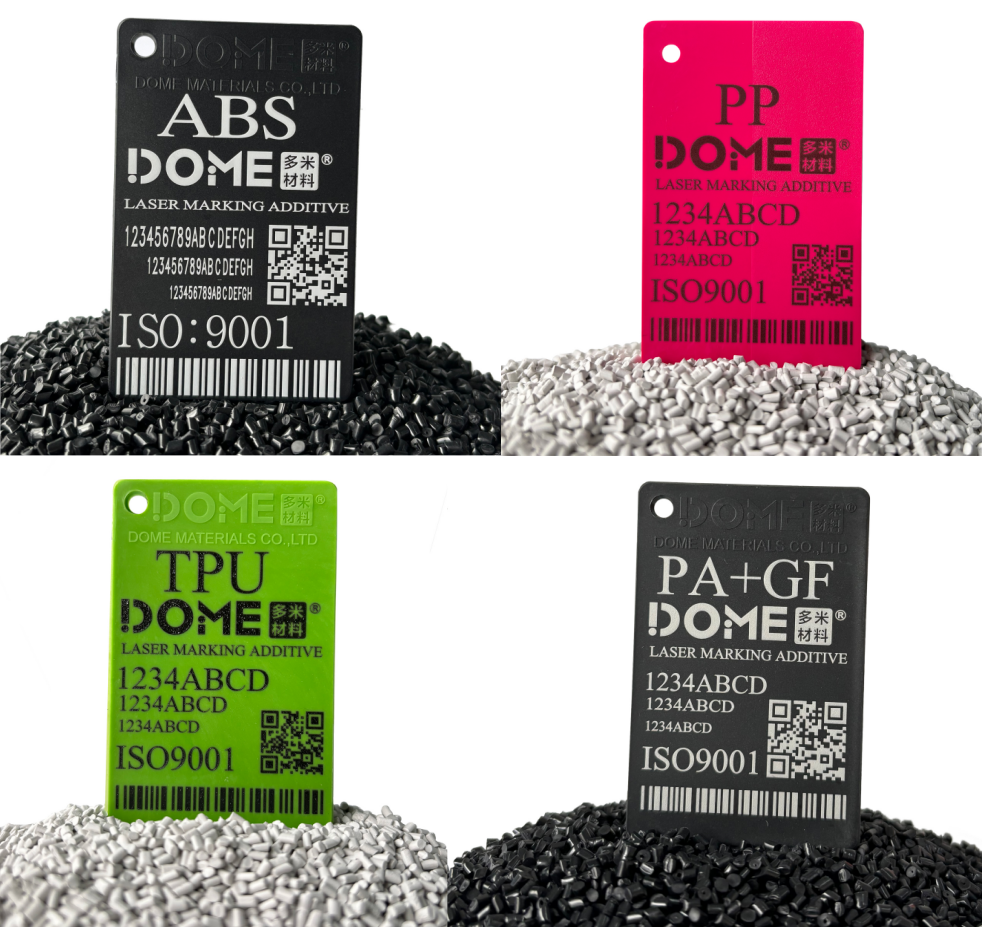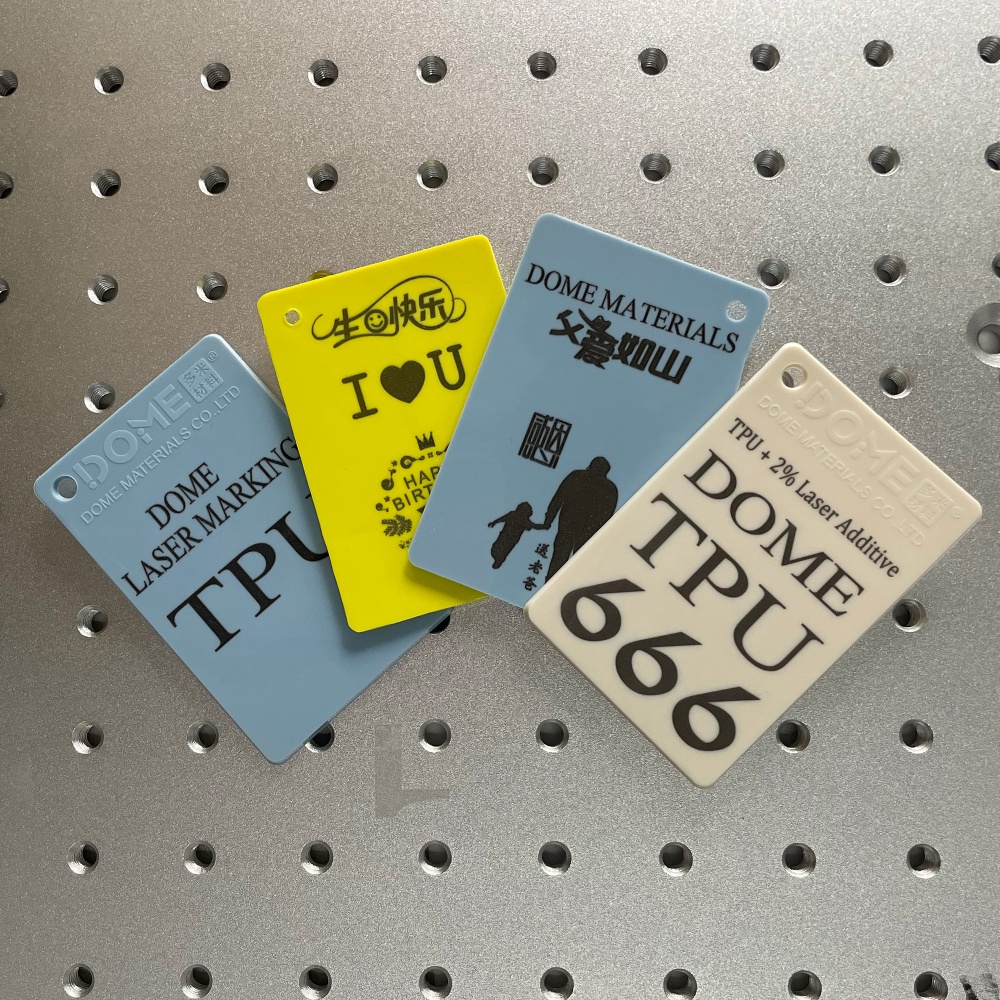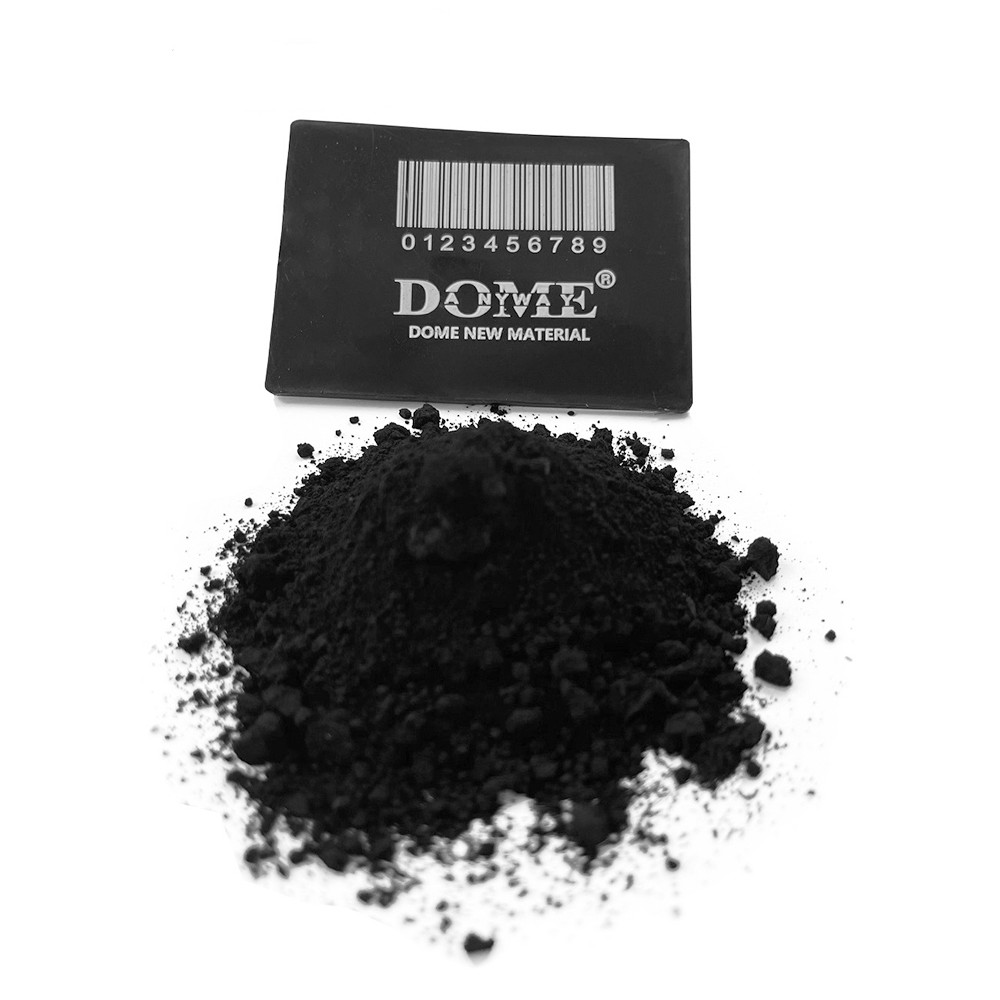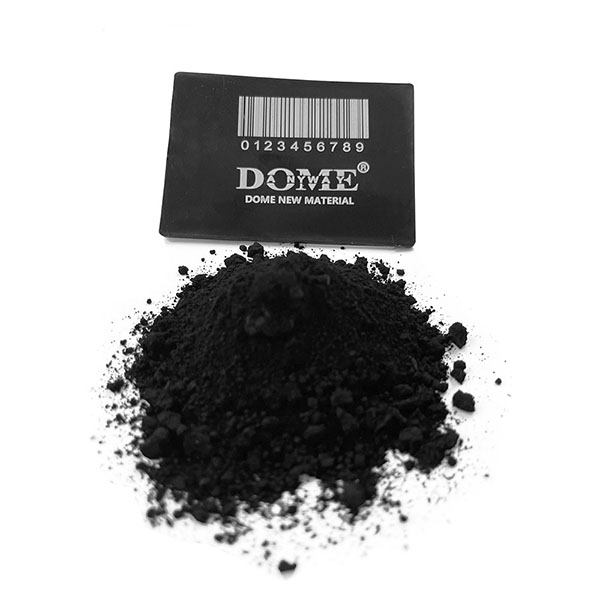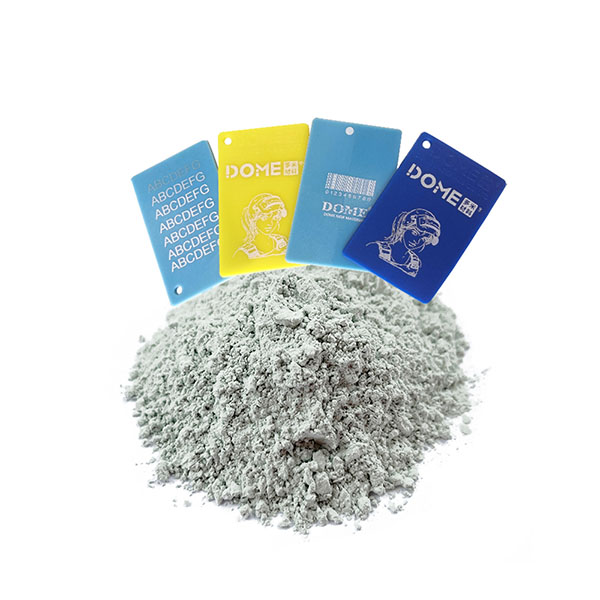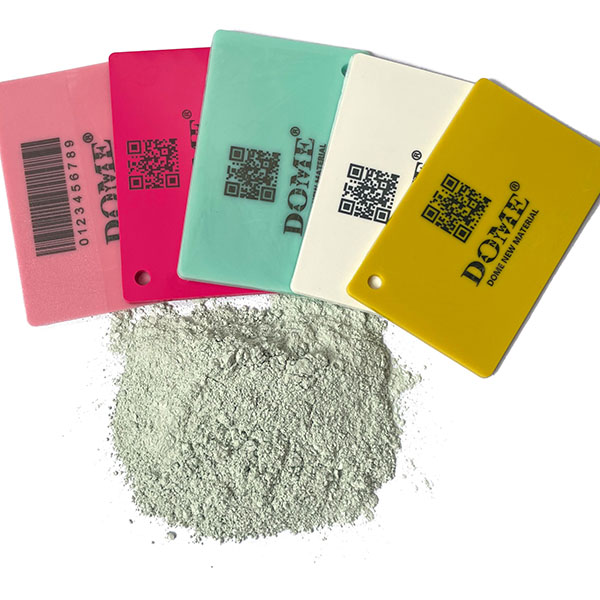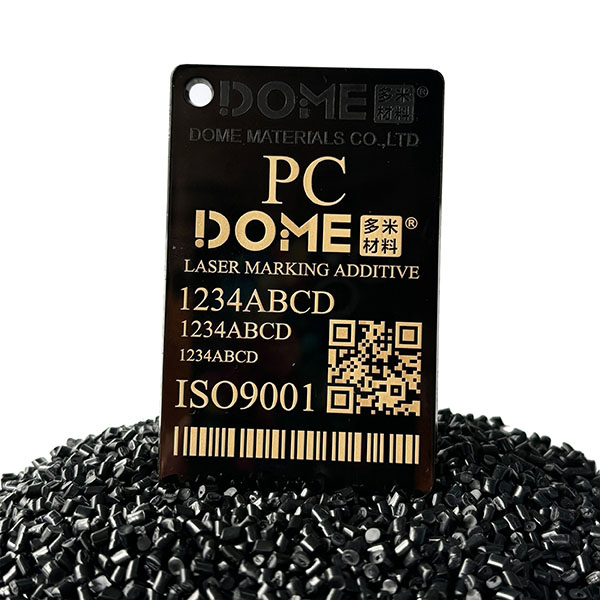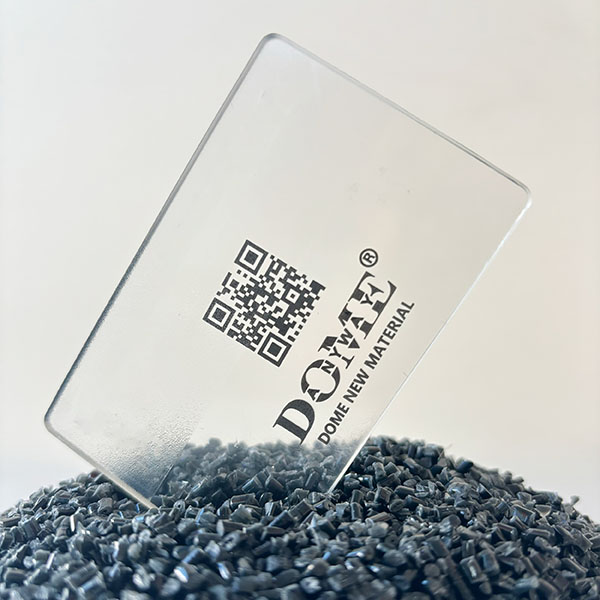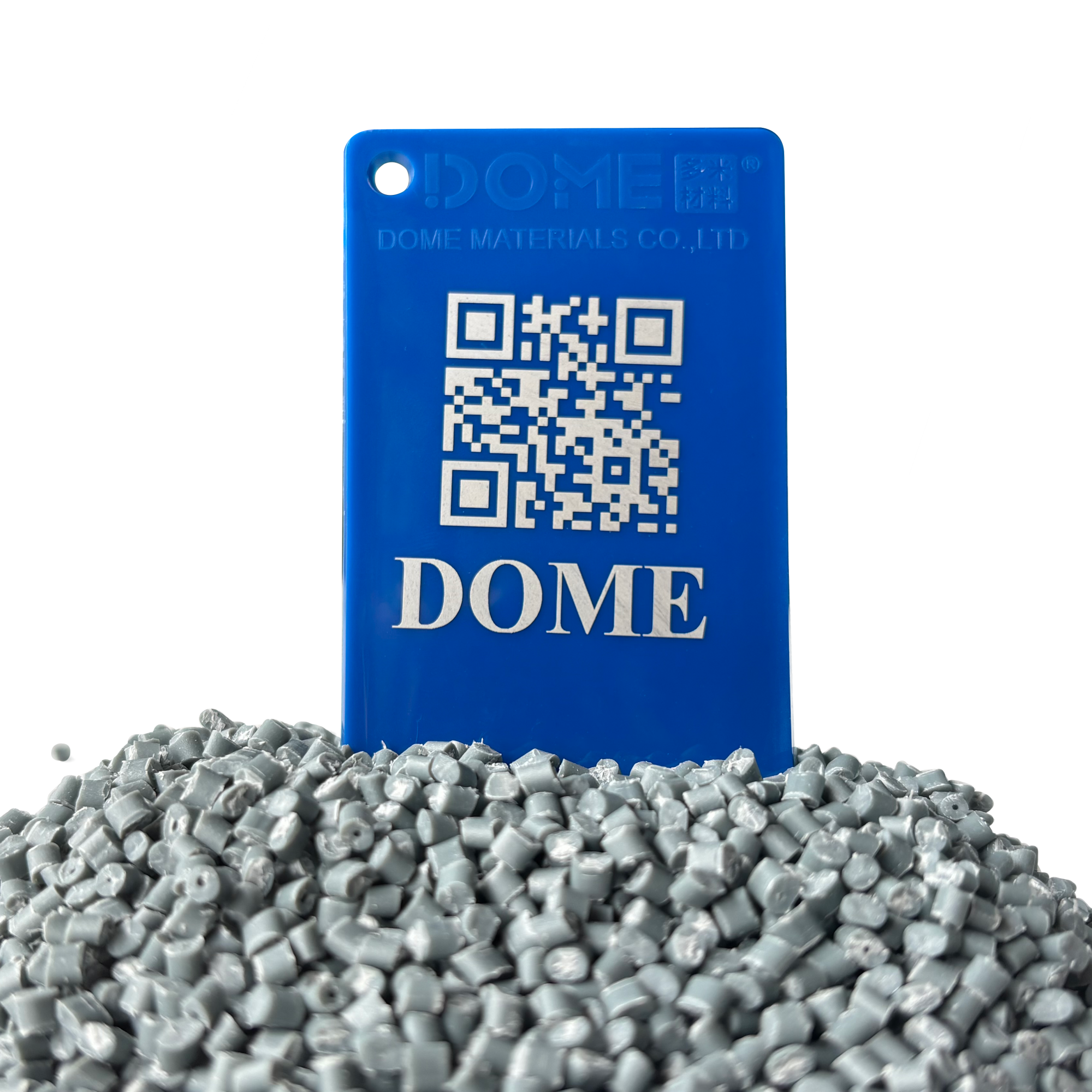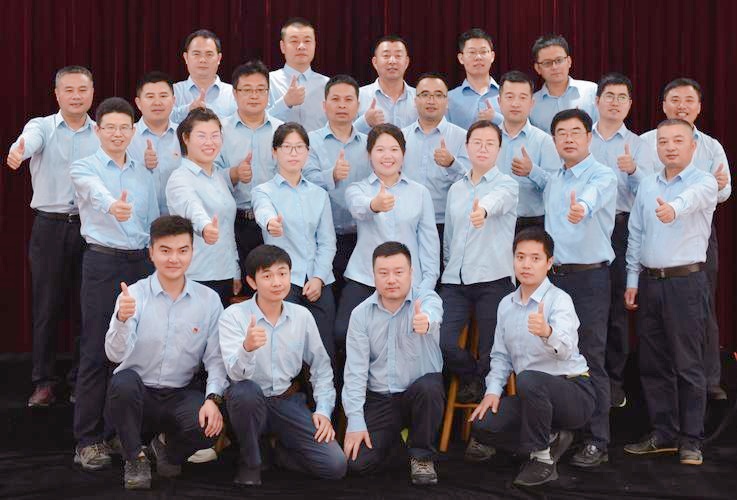Laser marking is a versatile, eco-friendly solution for permanent part identification—but its effectiveness depends heavily on the material. While some plastics laser-engrave effortlessly, others require Laser-activated additives to achieve high-contrast, legible, durable codes. In this guide, we’ll break down which plastics need additives, why they’re essential, and how to optimize your laser marking process.
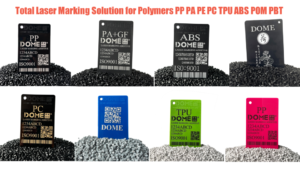
Top 7 Plastics That Need Laser Marking Additives
Polycarbonate (PC)
Polycarbonate is a popular engineering plastic, but its low absorption of CO2 lasers or fiber lasers often results in faint or uneven marks. Adding carbon black laser-activated additives enhances laser absorption, creating sharp, permanent codes for electronics, automotive parts, or medical devices. Without additives, PC may crack or fade under harsh conditions.
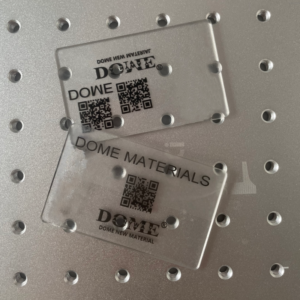
Polypropylene (PP) & Polyethylene (PE)
These polyolefins are lightweight and flexible but inherently reflective to laser wavelengths. Laser-activated additives like graphite or carbon black improve heat absorption, enabling precise barcodes, logos, or serial numbers for packaging, textiles, or agricultural films. Untreated PP/PE may produce ghosting or require slower, costlier laser settings.
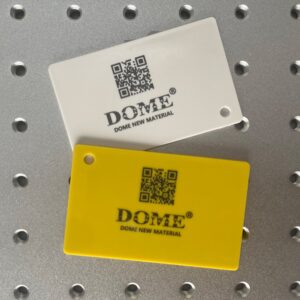
PVC (Polyvinyl Chloride)
PVC’s chlorine content can release harmful fumes during laser processing. Specialized non-toxic additives not only enhance mark clarity but also reduce fume emissions. Ideal for signage, piping, or cable insulation, additives ensure compliance with safety standards while improving mark durability.
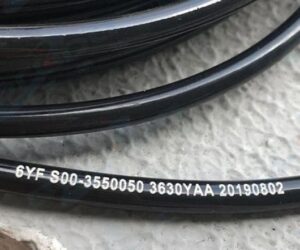
PET (Polyethylene Terephthalate)
PET bottles and films often need additives to achieve high-resolution marks. Carbon-based laser-activated additives optimize laser response, enabling vibrant, scratch-resistant codes for beverage labels or retail packaging. Untreated PET may show shallow markings that degrade with UV exposure.
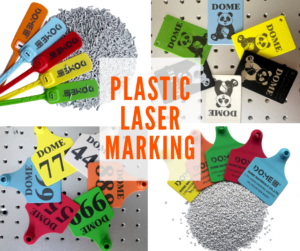
Thermoset Plastics (e.g., Thermoplastic Polyurethane TPU)
Thermosetting plastics are heat-resistant but lack inherent laser responsiveness. For example, thermoplastic polyurethane (TPU) and silicone products can achieve greater laser sensitivity by adding laser-absorbing additives. This allows for permanent marking, such as on sports equipment, animal ear tags, electrical insulators, or cookware handles, without melting or burning the material.
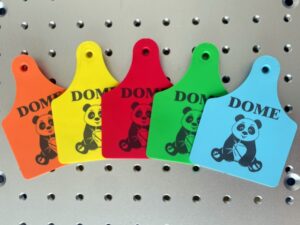
ABS (Acrylonitrile Butadiene Styrene)
ABS requires laser-activated additives to achieve high-contrast, durable engravings due to its inherent uneven laser absorption properties. Without laser additives, ABS tends to absorb laser energy inconsistently, leading to charred edges, patchy markings, or insufficient contrast. By incorporating carbon black or metal-filled additives, the material’s laser absorption is optimized, ensuring uniform energy distribution for crisp, precise engravings. These laser-activated additives enhance thermal conductivity, reducing thermal stress and preventing surface damage, which is critical for maintaining durability in applications like automotive parts, consumer goods, and electronic enclosures. The result is a permanent, high-visibility mark that withstands wear and environmental exposure.
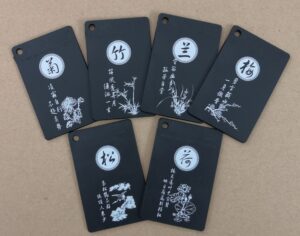
HDPE (High-Density Polyethylene)
HDPE’s low surface energy and high reflectivity make it challenging to achieve strong contrast with standard laser marking. Its smooth, non-porous structure reflects a significant portion of laser energy, resulting in faint or washed-out markings. Adding graphite or carbon black significantly boosts heat absorption by increasing the material’s surface absorptivity, enabling deeper, more uniform laser interaction. This enhancement creates sharp, high-contrast marks while minimizing burn-through or scorching. Enhanced absorption also improves marking efficiency, reducing energy waste and processing time. For applications like milk jugs, chemical containers, and signage, these laser-activated additives ensure legible, long-lasting marks that resist fading from chemicals, UV exposure, or abrasion.
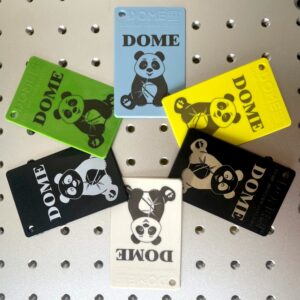
Why Laser-Activated Additives Matter in Laser Marking
Laser marking works by absorbing light energy to create a contrast between the material and the mark. Many plastics, however, reflect or scatter laser energy, leading to poor-quality engravings. Additives act as laser-sensitive pigments, improving heat absorption and contrast without compromising material integrity.

Key benefits of Laser-activated additives:
✅ Enhanced visibility: Bright or dark marks for readability in harsh environments.
✅ Durability: Resistance to abrasion, UV exposure, and chemicals.
✅ Cost savings: Lower laser power requirements and faster processing.
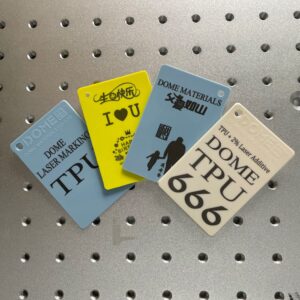
Industries That Rely on Laser-activated Additive-Enhanced Laser Marking
- Tracking and identification systems: livestock ear tags, logistics security seals, anti-counterfeit labels, etc.
- Automotive: Permanent part numbers, VIN engravings.
- Medical: Compliance codes on surgical tools and implants.
- Food & Beverage: Tamper-evident labels and expiry dates on PET bottles.
- Electronics: Serial numbers on circuit boards and enclosures.
FAQs: Laser-activated Additives for Plastics
Q: Can I add laser additives to recycled plastics?
A: Yes! Pre-compounded additives are ideal for recycled materials to maintain consistency.
Q: Do additives affect plastic color or texture?
A: High-quality additives blend seamlessly without altering mechanical properties.
Q: Are additives eco-friendly?
A: Many additives are non-toxic and comply with REACH/RoHS standards.
Conclusion: Optimize Your Laser Marking Process Today
Choosing the right laser-activated additives ensures legible, durable codes that meet industry standards while reducing operational costs. Whether you’re working with polycarbonate, PVC, or polyolefins, additives are the key to flawless results.
Ready to Upgrade Your Laser Marking?
DOME® Materials specializes in pre-formulated laser-activated additives for plastics. Contact our experts to streamline your process, improve compliance, and elevate part traceability.

